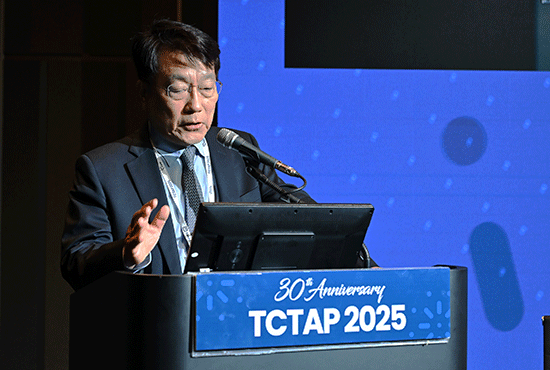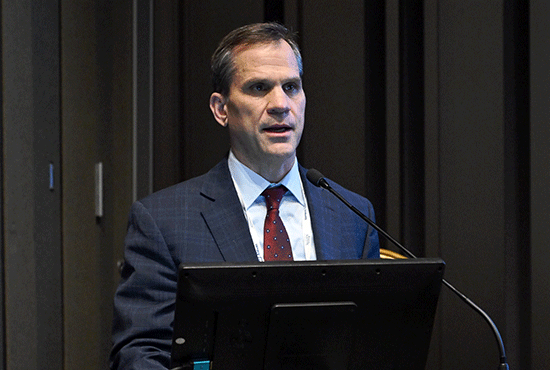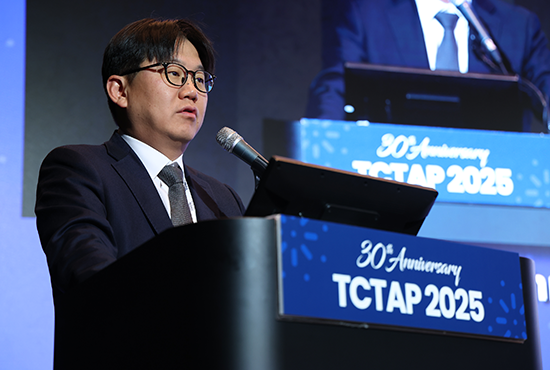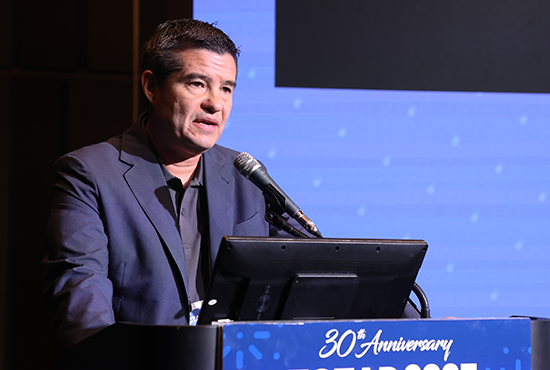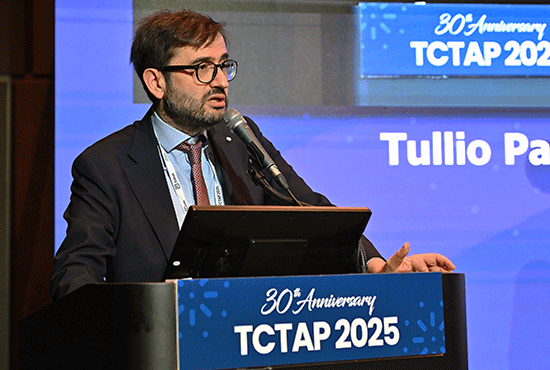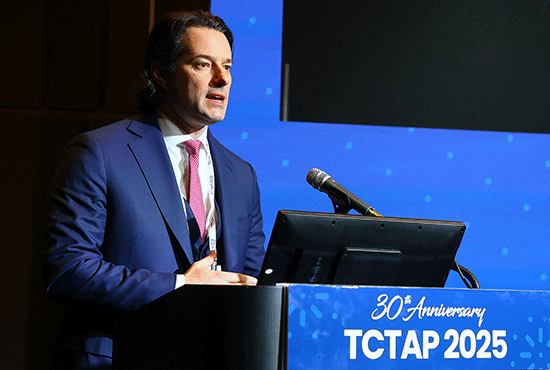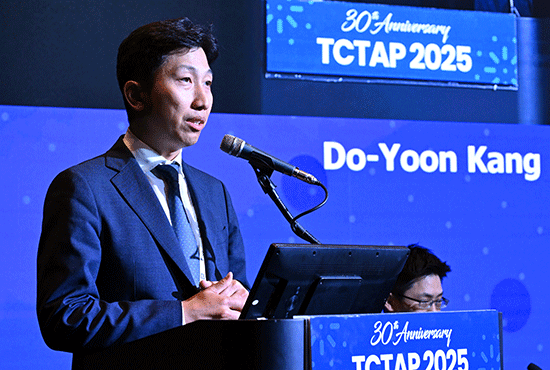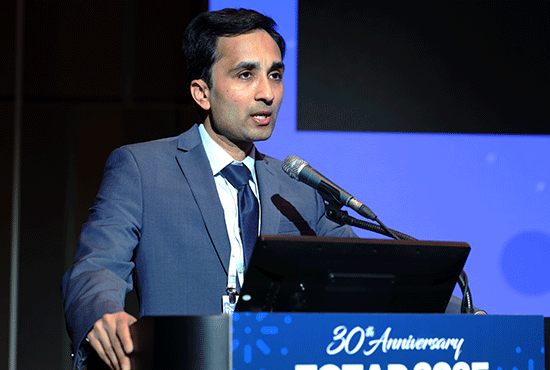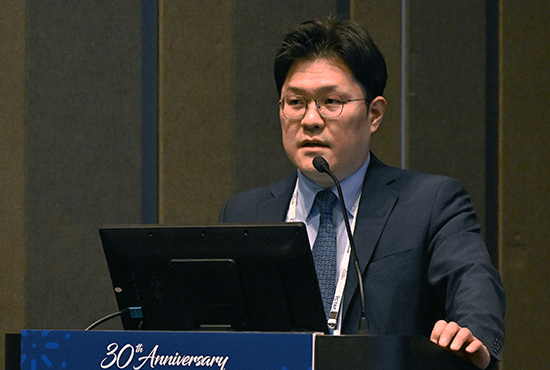TCTAP 2025
Dr. Sripal Bangalore Recalibrates the Post-ISCHEMIA Era: Guideline-Driven Revascularization in Left ...
At the TCTAP 2025 Workshop Session held on April 25, titled "Management of Ischemic Heart Disease 2025: ISCHEMIA Trial Has Been a Major Inescapable Turning Point", Sripal Bangalore, MD, MHA (New York University Grossman School of Medicine, USA), delivered a thought-provoking lecture that redefined the strategic role of revascularization in patients with stable ischemic heart disease (SIHD), particularly those with left main coronary artery disease (LM) and three-vessel coronary artery disease (3VD). Dr. Bangalore meticulously synthesized long-term trial data and updated guideline recommendations, emphasizing a precision-based approach to coronary revascularization that bridges historical lessons and future clinical demands.
"The ISCHEMIA trial fundamentally changed how we view revascularization in SIHD," he began, referring to the landmark study which demonstrated no overall mortality benefit of an initial invasive strategy over optimal medical therapy (OMT) in the general SIHD population. According to 7-year follow-up data from ISCHEMIA EXTEND, all-cause mortality remained statistically neutral between the invasive and conservative arms—13.4% versus 12.7%, respectively (HR [hazard ratio] 1.00; 95% CI, 0.85–1.18; p = 0.741). However, he cautioned against a monolithic interpretation of these results. "The nuance lies in the subgroups," he asserted. "Patients with left main disease or 3VD—especially those with impaired left ventricular function—may still derive substantial benefit from revascularization, particularly surgical revascularization."
He reinforced this point with historical and contemporary evidence. He cited data from Yusuf et al. (1994) and modern subgroup analyses showing that CABG continues to offer a survival benefit in high-risk anatomic subsets. In left main disease, particularly in patients with reduced ejection fraction and severe symptoms, CABG consistently outperforms medical therapy alone. "We must not lose sight of what we've learned over decades of clinical trials," he said. "Revascularization isn't obsolete—it simply needs to be better targeted."
Beyond survival, the session emphasized quality of life as a key clinical endpoint. Drawing from Seattle Angina Questionnaire (SAQ) data within the ISCHEMIA trial, he showed that patients with angina experienced significantly better symptom relief and quality-of-life improvements with revascularization, particularly when complete revascularization was achieved. "In asymptomatic patients, the benefit is minimal," he noted. "However, for those with persistent angina, revascularization provides not just relief—but durability."
Moreover, data from the FAME 2 (Fractional Flow Reserve versus Angiography for Multivessel Evaluation 2) trial and post-hoc ISCHEMIA analyses indicated that invasive strategies meaningfully reduced spontaneous myocardial infarctions and unplanned hospitalizations for unstable angina, resulting in a significant reduction in cardiovascular stays (685 vs. 1,095 days alive out of hospital, p < 0.001). "Morbidity reduction is an often-overlooked but critical endpoint," he emphasized. "Patients may not live longer, but they certainly live better."
Turning to clinical practice guidelines, he highlighted the evolving stances of major societies. The 2021 ACC/AHA Revascularization Guidelines recommend CABG in SIHD patients with normal ejection fraction and left main disease to improve survival. In 3VD, CABG is considered reasonable, whereas the survival benefit of PCI remains uncertain. Meanwhile, the 2024 ESC Guidelines for the Management of Chronic Coronary Syndromes offer a more nuanced classification, granting PCI a role in patients with low anatomical complexity and preserved ejection fraction. "We're moving toward more individualized algorithms," he explained. "Revascularization decisions should now integrate anatomy, physiology, symptoms, and patient preference." Risk stratification tools such as the SYNTAX score play an increasingly important role in these individualized decisions.
In closing, he urged a paradigm shift: from an all-or-nothing approach to a risk-calibrated, patient-centered model. "The future of revascularization is not about choosing between PCI and CABG, or even between medicine and intervention," he concluded. "It's about identifying the right patients, for the right therapy, at the right time—using evidence as our compass, and the patient's life as our guide."
His session not only reframed the implications of ISCHEMIA, but also charted a forward-looking course for clinicians managing complex coronary disease in the post-ISCHEMIA era. His message was clear: revascularization still has a vital role—but only when it's precision-guided, incorporating anatomical complexity scores, functional assessments, and comprehensive patient evaluations.
Management of Ischemic Heart Disease 2025: ISCHEMIA Trial Has Been a Major Inescapable Turning Point
Thursday, April 24, 8:10 AM-9:40 AM
Coronary Theater, Level 1
Check The Session
May 09, 2025 754

